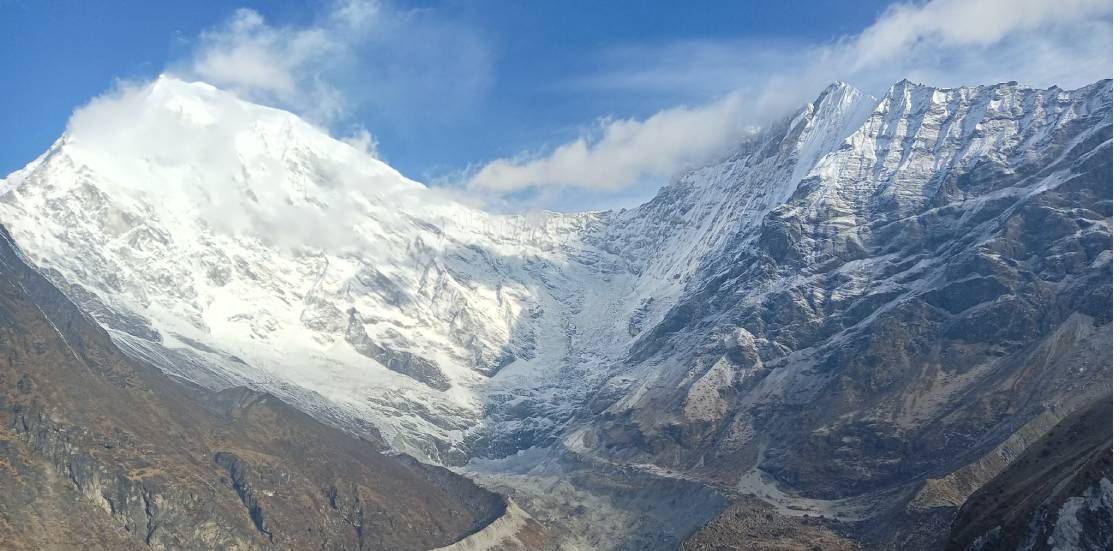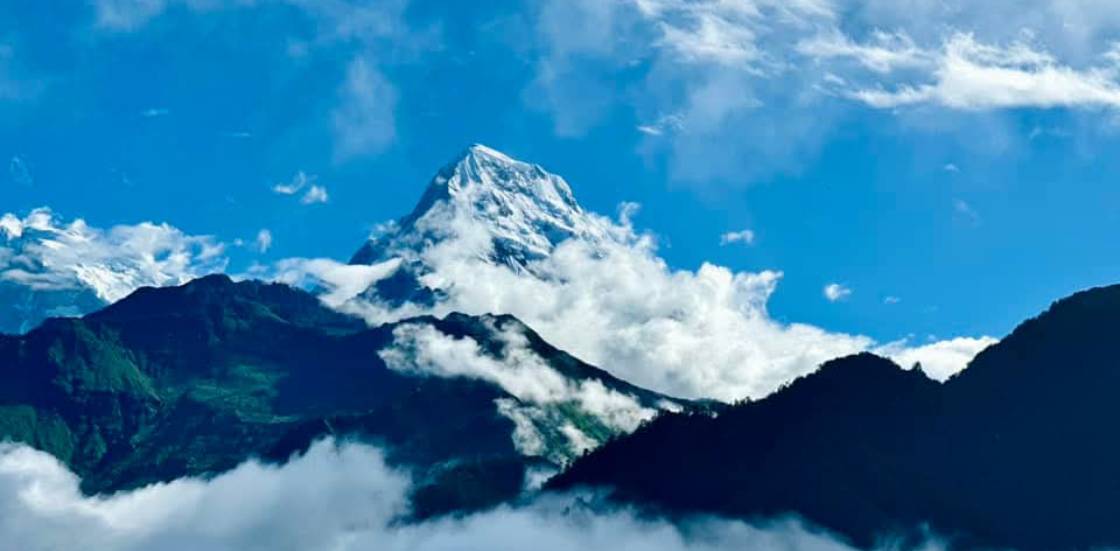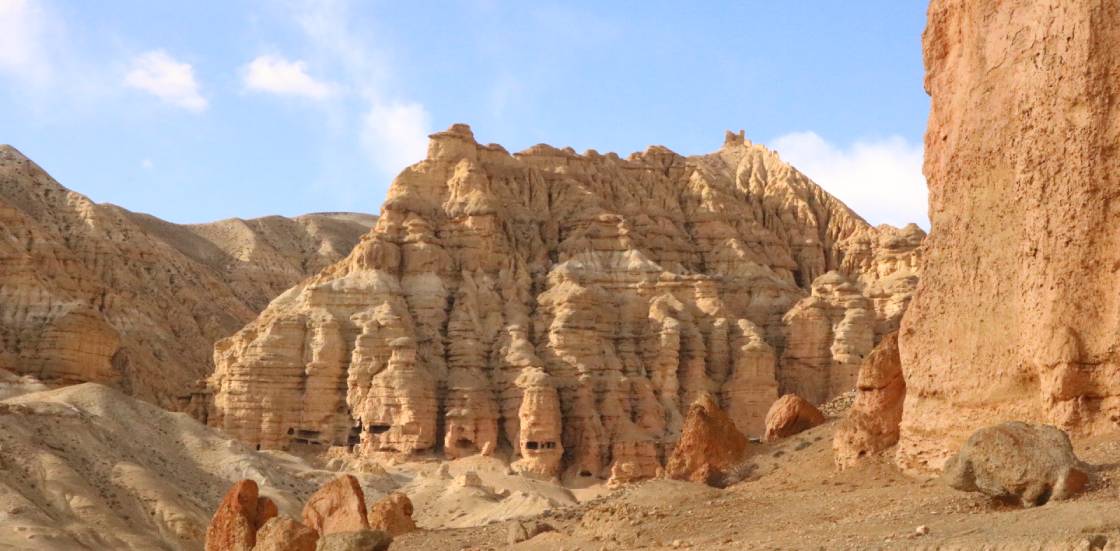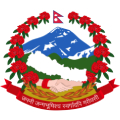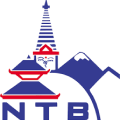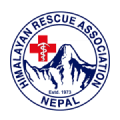Langtang Gosaikunda Chisapani Trek

Trek Duration
16 days
Best time to go
Sep-Nov, Mar-May
Group Size
2-25 People
Max Trekking Altitude
4610 m
Accommodation
Tea Houses
Trek Grade
moderate
Area
Langtang Region
Hours of Walking
4-7 hrs per day
Start point - End point
Kathamndu
The Langtang Gosaikunda Helambu Trek offers an extraordinary adventure that beautifully blends the rugged beauty of the Himalayas with the rich cultural heritage of the Tamang and Sherpa communities. From the lush forests and terraced fields of the Langtang Valley to the sacred, high-altitude beauty of Gosaikunda Lake, this trek provides a unique opportunity to experience both the natural and spiritual essence of Nepal. The stunning vistas of snow-capped peaks, including Langtang Lirung and the surrounding mountain ranges, accompany trekkers throughout the journey, offering breathtaking views at every turn. The sacred Gosaikunda Lake, situated at an altitude of 4,380 meters, stands out as a significant highlight, attracting pilgrims and trekkers alike who come to experience its spiritual serenity and the panoramic views from its shores.
Langtang- Gosainkund Trek takes you to the wildest and scenically most beautiful spot in Nepal. The journey begins with a long drive from Kathmandu up to the lovely hill town of Syabrubensi where you will find a few lodges for an overnight stay. Next day the hike starts fromSyabrubenshi along the north side of the Langtang Valley to Sherpa Gaon where you will spend the second night in a lodge. While trekking, you will pass through beautiful and conifer forests of the Langtang National Park taking you to the higher altitude. After an overnight stay at Langtang Village, you will continue your hike to next destination walking over the high alpine yak pastures, glaciers and moraines around Kyangin and trek further up the Sacred Lake Gosainkund (4380 m). The area around Lake Gosainkund remains mostly enveloped in mist, and in clear weather, you can see beautiful mountains to the north. In the winter the lake remains frozen. Gosainkund is sacred for both Hindus and Buddhist, and every full moon day in the month of August many visitors from different parts of Nepal and India throng to celebrate the Gosainkund festival.
During the Langtang/Gosainkund trekking, you will have an opportunity to explore the whole range of Himalayan topography, ethnic culture, and lifestyle of the local people. Besides, you will also have a chance to see some interesting animals and birds on the side of trails. Among those found in the Langtang National Park are monkeys, musk deer, pika and the national bird of Nepal, the colorful pheasant.
The cultural immersion provided by the trek is just as enriching. Visitors have the chance to engage with the local Tamang and Sherpa communities, whose way of life is deeply connected to Buddhism and Hinduism. The villages along the route, with their traditional stone houses, monasteries, and vibrant religious practices, offer trekkers a glimpse into the daily lives and beliefs of these mountain people. Ancient monasteries, Buddhist stupas, and prayer flags add to the spiritual atmosphere, making the trek not only a physical journey but a deeply meaningful one.
Moreover, the transition from Langtang Valley to the quieter, less-traveled Helambu region provides a contrast in landscapes and culture, further enriching the trek’s experience. The Helambu region, known for its peaceful villages and lush forests, allows trekkers to experience the unspoiled side of Nepal, away from the more crowded trekking routes.
Overall, the Langtang Gosaikunda Helambu Trek is a perfect choice for those seeking a balanced trek that combines stunning natural beauty with authentic cultural experiences. Its moderate difficulty level makes it accessible to trekkers of varying abilities, while its diverse landscapes, rich traditions, and spiritual significance ensure it leaves a lasting impression on all who take part. Whether you’re a nature lover, a culture enthusiast, or someone seeking spiritual tranquility, this trek is a memorable journey that showcases the best of Nepal’s Himalayas and its welcoming, vibrant communities.
Itenary
Cost Include
- Pick up & drop to and from the Airport by private Car/Van/Bus as per group size
- 3 nights hotel accommodation on twin sharing basis in Kathmandu with Breakfast
- Tea house on twin sharing during the trek
- Local Land transport- Kathmandu – Syabrubesi
- Meals (Breakfast, lunch, dinner) in trekking
- Langtang National Park fee
- TIMS card
- Shivpuri National Park fee
- Private vehicle from sundarijal to Kathmandu
- Government license holder Local Expert Trekking Guide, Assistant Guide & Porters (as per group size)
- All applicable government taxes/ local charges
- Staff daily wages, insurance, equipment, transport, food, and accommodation
- Farewell dinner in a typical Nepali restaurant in Kathmandu
Cost Exclude
- international airfare
- Monument Entrance fee if sightseeing in Kathmandu
- Lunch and Dinner in Kathmandu (except farewell dinner)
- Personal expenses: phone call, laundry, bar bills, battery recharge, mineral water & hot shower
- Rescues, repatriation, medicines, medical tests and hospitalization expenses
- Clothing packing items or bags, personal medical kit
- Any additional staff other than specified
